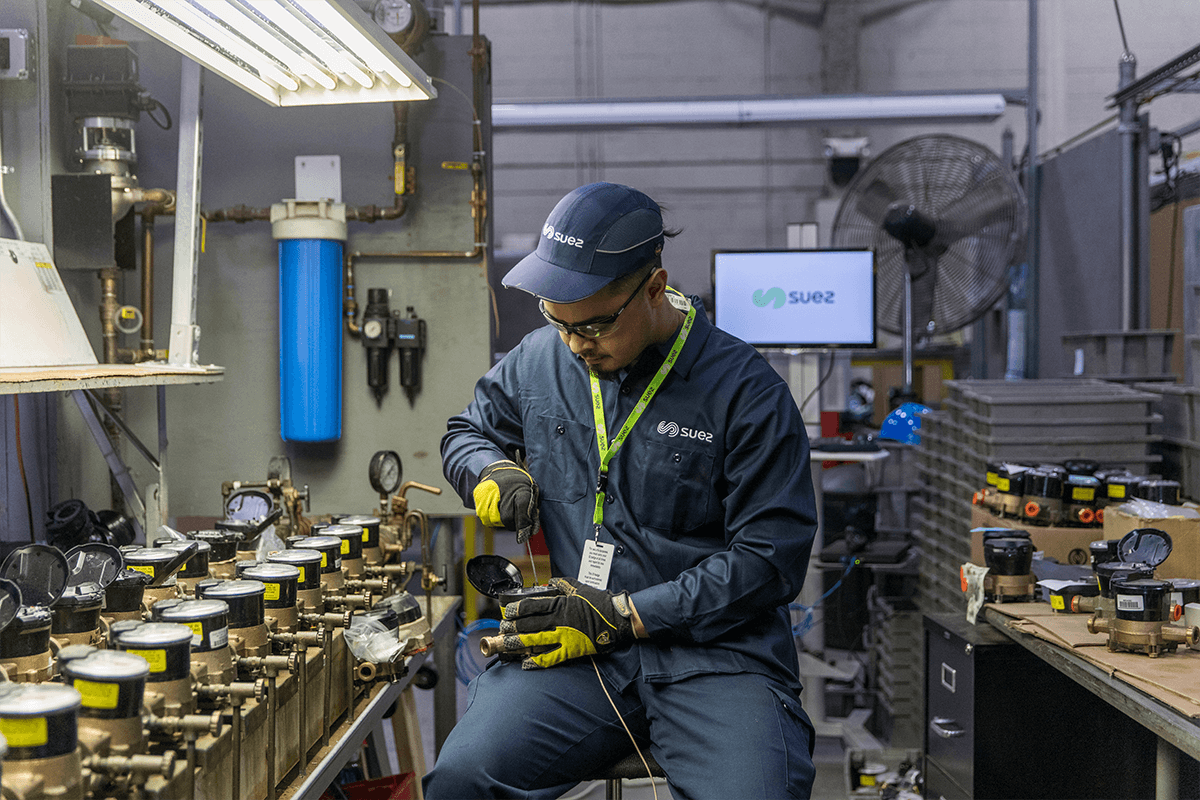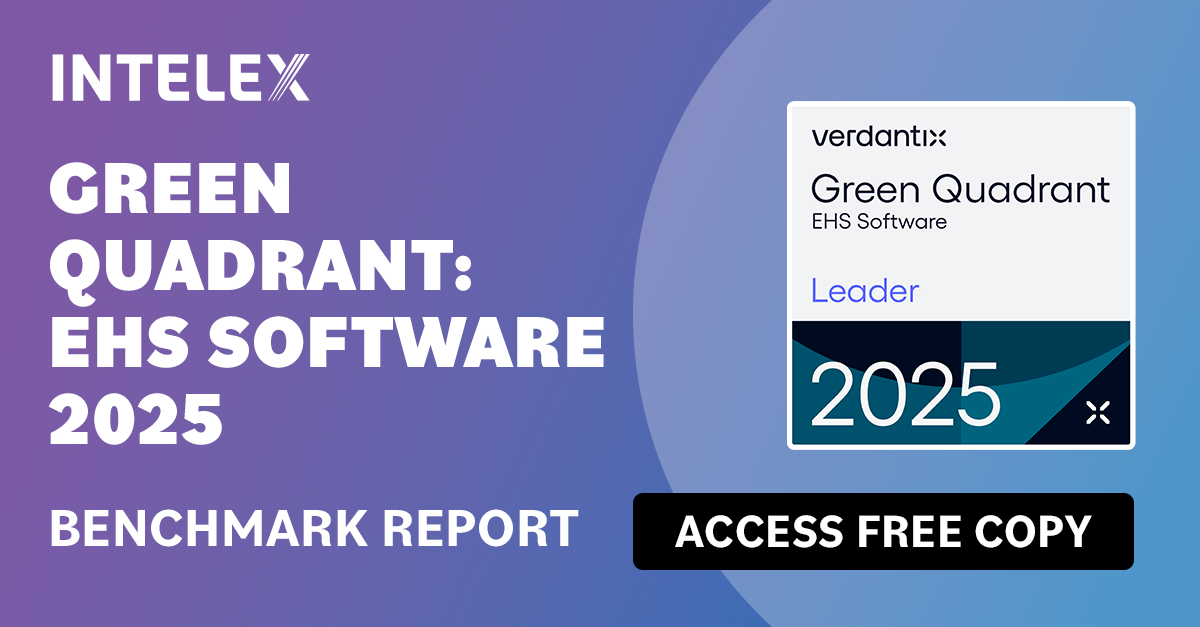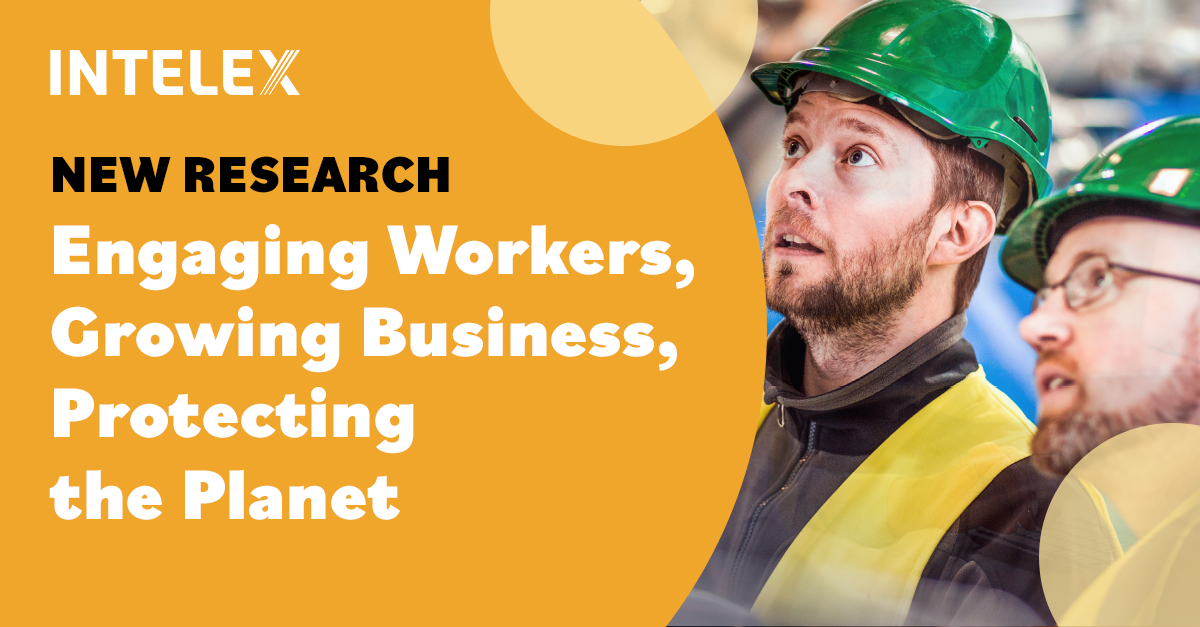
How SUEZ North America 10X Employee Engagement and Achieved Industry-Leading Safety Performance
SUEZ North America operates water utilities and provides water and wastewater services to municipalities in the United States and Canada. With 2,900 employees, the company treats 560 million gallons of water and over 440 million gallons of wastewater each day, while also providing long-term rehabilitation and maintenance services to over 4,000 municipal and industrial customers.

Impact
- 24% reduction in Days Away Restricted or Transferred (DART) rate.
- 41% reduction in Workers’ Compensation Experience Modification Rate (EMR).
- 10x increase in incident reporting by employees.
- 82% of employees agree the company is committed to their safety (up from 57% three years prior).
Outcome
SUEZ North America transformed from a paper-based safety system to a technology-driven safety culture that significantly reduced injuries while dramatically increasing employee engagement in safety reporting and hazard identification.
Intelex Applications
The Challenge for SUEZ North America
SUEZ North America faced unique safety challenges managing facilities of different ages across multiple client locations, with employees spending more than 1 million work hours annually working at elevations of 100 feet or higher. The company's rapid growth exposed critical weaknesses in their paper-based safety approach.
"We couldn't keep track of the paperwork. We had five different versions of everything," says Kanwer Khan, Vice President, Environmental Compliance, Health, Security and Safety. The spreadsheet-based system for capturing, reporting, analyzing and correcting hazards had become cumbersome and ineffective as their client list grew. Managing facilities with varied safety cultures and supervising employees with different training backgrounds made accurate incident reporting and data management essential—but nearly impossible with their existing manual processes.
SUEZ needed a solution that would help them achieve three critical safety excellence goals: become a leader in technology for safety, increase focus on human performance and just culture, and take a risk-based approach to prevent severe potential injuries.
"Intelex has been a life saver for us. I don't know what we'd do without it."
Kanwer Khan, VP Environmental Compliance, Health, Security and Safety
"Having access to such relevant and timely data allows managers to make decisions quickly and allocate resources exactly where they're most needed."
Kanwer Khan, VP Environmental Compliance, Health, Security and Safety
"As more employees have realized how much easier it is to enter incidents, usage has grown steadily from only a 'handful of sites' when it was first deployed to over 120 sites today."
Kanwer Khan, VP Environmental Compliance, Health, Security and Safety
How Intelex Helped SUEZ North America
Intelex's EHS Incident Reporting and Management software gave SUEZ the technology foundation they needed to transform their safety culture. Every employee gained access to the software through smart devices and tablets, making hazard reporting dramatically easier—even for older workers who typically resist new technology. The single sign-on feature simplified access, and the intuitive mobile interface drove adoption from just a handful of sites to over 120 locations.
The software's automated severity grading and notification system gave managers immediate visibility into high-risk events, such as employees working on energized equipment. When incidents reach severity level five on SUEZ's six-point scale, the system automatically distributes emails to appropriate stakeholders, ensuring rapid response to potential severe injuries or fatalities.
This technology enabled SUEZ to implement their risk-based approach effectively. The system now captures 4,500 to 5,000 hazards and incidents annually, with different levels of root cause analysis conducted based on severity. Corrective and preventive actions are tracked through completion, providing management with robust data for quick decision-making and precise resource allocation. The result is a safety culture where employees feel empowered to report hazards and management can respond with the speed and precision that keeps workers safe.
 1 877 932 3747
1 877 932 3747




